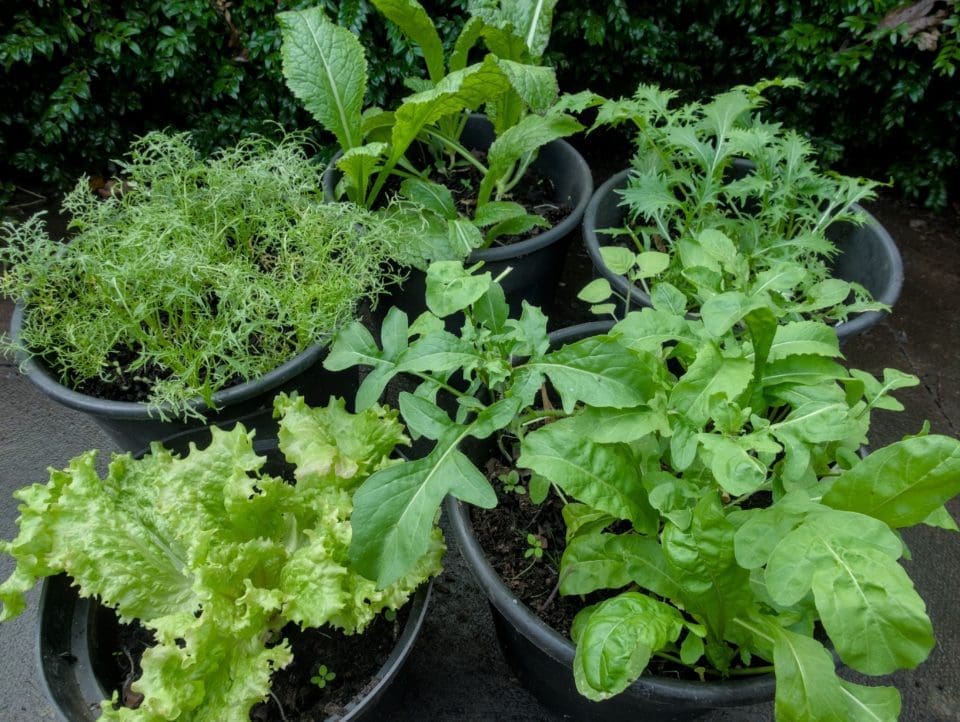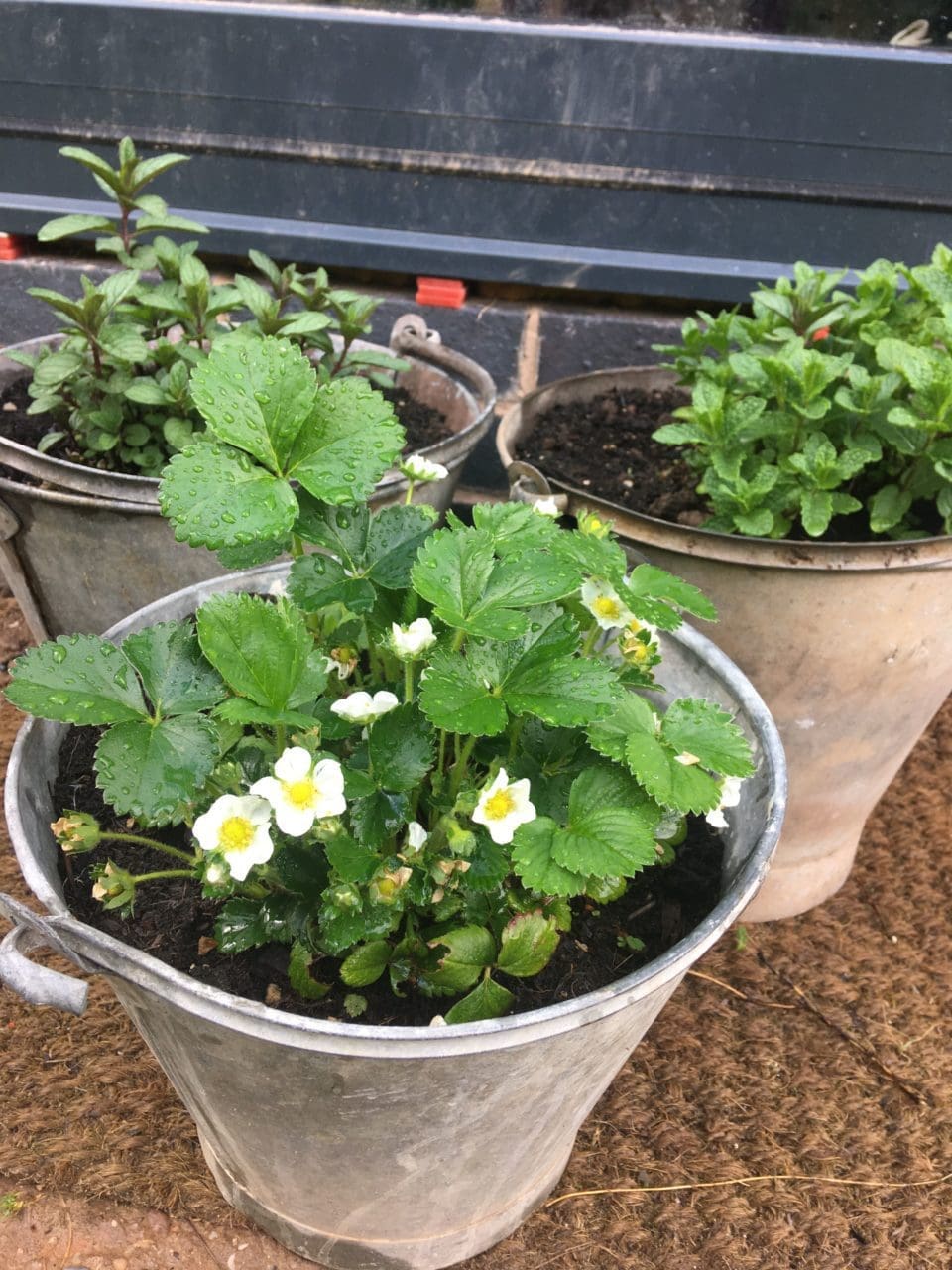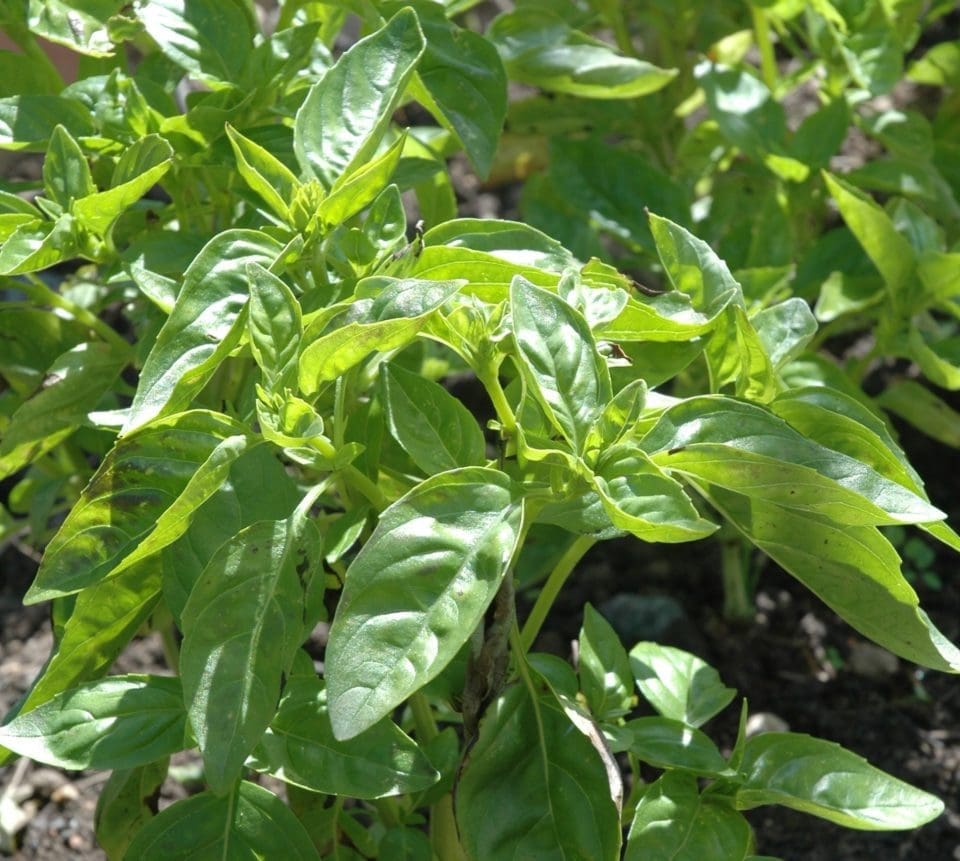The UK needs to reconsider how it uses its 23 million gardens as fruit and veg shortages are likely to become increasingly common, says gardening charity Garden Organic.
Gardens in the UK cover an area larger than Northumberland and make up nearly 30% of all land in urban areas (1.4 million acres).2
The charity says that land could be put to good use to grow fresh organic fruit and veg, helping families to reduce their reliance on supermarket food.
“The benefits of using these areas to grow produce are massive,” says Emma O’Neill, Head Gardener at the sustainable growing charity. “We’ve seen empty supermarket shelves a number of times in recent years, which can be scary if that’s your only source of fresh food.
“Growing your own is a win-win, you’ll have the knowledge of knowing where your food is coming from, the fulfilment of reducing your impact on the environment and the satisfaction of tasting your own produce.”
What to grow now
The charity says that tomatoes, salad leaves and herbs are some of the easiest food items to grow, and spring provides the perfect opportunity to start a home growing revolution in the UK.
Each item can be grown with little gardening knowhow, from seed, with low start-up costs and quick results, meaning people will have their own supply of tasty crops. Families can also share seeds and plants with friends and neighbours as each packet will have more than they can use.
“Everyone can do their bit to support the environment by growing some of their own produce in a sustainable way – whether you’ve got a garden, backyard, balcony or window ledge,” adds Emma.
“This will cut down food miles, which harm the environment and contribute to climate change. It will also reduce the amount of pesticides we consume, as non-organic shop bought produce contains a whole host of toxic pesticides.3 Importantly, during this cost-of-living crisis, it will also save you money.”
How to grow your own salad all year round

Growing your own organic salad is simple and requires minimal space, with most varieties suitable for growing on a window ledge. It’s also very quick, with shoots revealing themselves in a matter of days and ready to be harvested in less than a month.
Try ‘cut and come again’ lettuces, purslane, cress and mustard – or micro spinach, pea shoots and kale leaves – to get a healthy mixed salad.
You can sow indoors all year round. Either keep pots on a sunny windowsill, or once the risk of frosts has passed, you can sow directly into the soil outdoors.
You can generate a continuous supply of fresh salad leaves by sowing your seeds weekly throughout the summer months.
Just follow these simple instructions:
- Sow seeds 0.5cm deep.
- Thin seedlings to 15-30cm apart.
- Water regularly in dry weather.
- When you start to spot young leaves that are big enough to eat, use a pair of scissors to harvest just the amount you need for your salad. Start with the outer leaves. The stems will grow new leaves, hence the name ‘cut-and-come-again’ with no plastic packets in sight!
How to grow delicious strawberries

Strawberries are a simple fruit to grow at home and don’t need a huge amount of space. They are small plants, which can be grown in large pots or hanging baskets in your backyard or outside your front door – as well as in the ground. Just follow these simple instructions:
- Plant in spring or autumn
- Space young plants around 30cm apart, and make sure you use a pot with holes in the bottom for drainage.
- Place some netting over to deter birds and protect from slugs. You can create barriers to stop slugs feasting on your plants by using slug collars, grit, wool pellets, or cloches made from plastic bottles.
- Pick the fruit when it’s fully coloured, and enjoy a tasty summer treat!
Strawberry plants will go on fruiting for three or four years. They put out ‘runners’ or new plants every year so if you have a neighbour who gardens, or an allotment site nearby, it’s worth asking if they have any free plants you can have.
How to grow your own herbs

Herbs are so useful in cooking but are often expensive to buy and come either in single-use plastic, or pots which are difficult to keep going. Chives are particularly easy to grow and are great in a potato salad. They’re perennial plants, which means once you get them going, they’ll come back year after year.
- Sow seed 0.5cm deep straight into the ground in May.
- Thin out the seedlings so your plants are 25cm apart.
- Choose rich, moist soil in a sunny site. Water well in dry weather.
- Remove stems that are starting to flower to encourage more leaves to grow. Or pick the flowers to eat.
- Leaves will die back to soil level in winter but will regrow in the spring.
Emma’s simple tips to grow your own food
- Seed packets have lots of useful information on them for the specific crop and variety you’re growing, keep hold of them to refer back to through the year.
- Don’t panic too much about getting the sowing depth exactly right. As a general rule, sow seeds to a depth of around three times the size of the seed. Tiny seeds like lettuce are sown very close to the surface of the soil, whereas things like broad beans need to be much deeper.
- If you’re growing your seedlings on a window ledge they will naturally grow towards the light, turn them every day and run your hand over them as you do so to mimic the wind and you’ll get much stronger plants.
- ‘Thinning out’ means removing seedlings so they have enough space to grow. Rather than throwing out or composting the spare seedling, replant them somewhere else in the garden. Or put them in a pot to give away or swap for a different plant!
- You can also save any unused seeds from this year and plant out next year, so each year your crop will be even cheaper.
To access more growing tips for a range of fruit and veg check out Garden Organic’s helpful growing sheets at: gardenorganic.org.uk/expert-advice/how-to-grow/how-to-grow-cards





